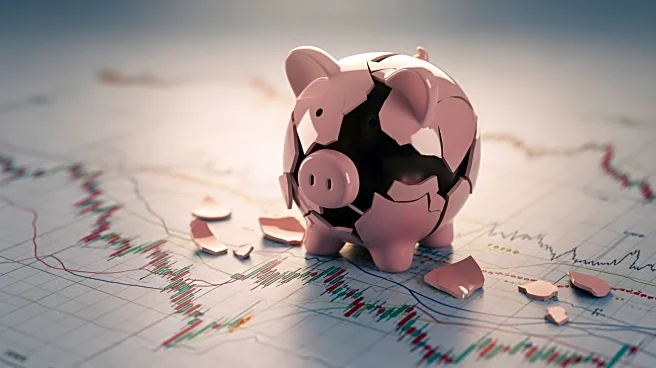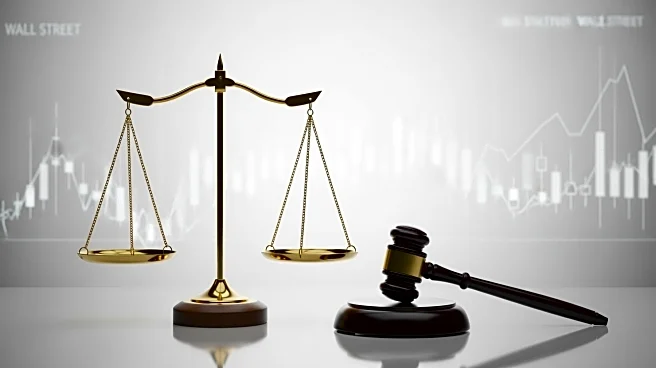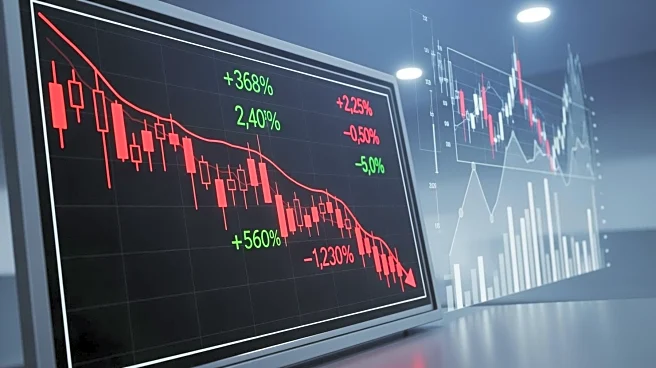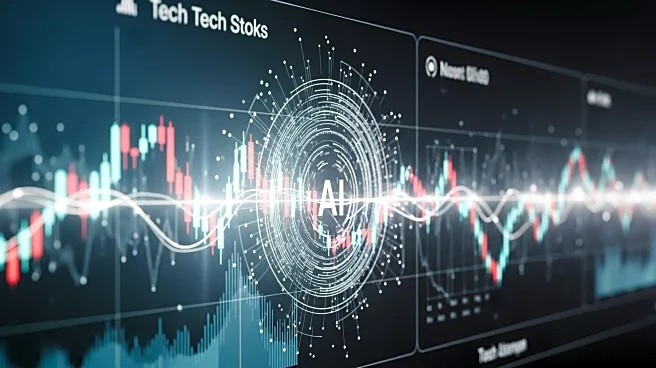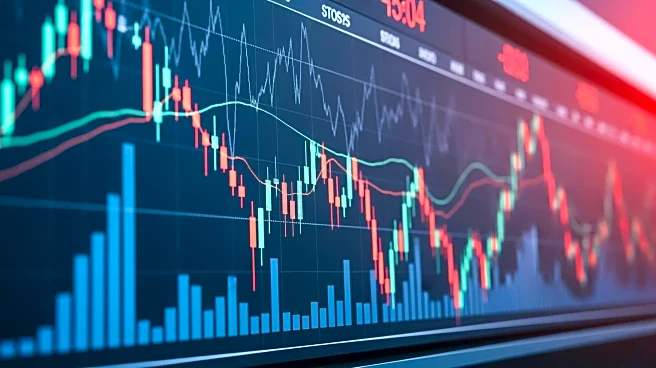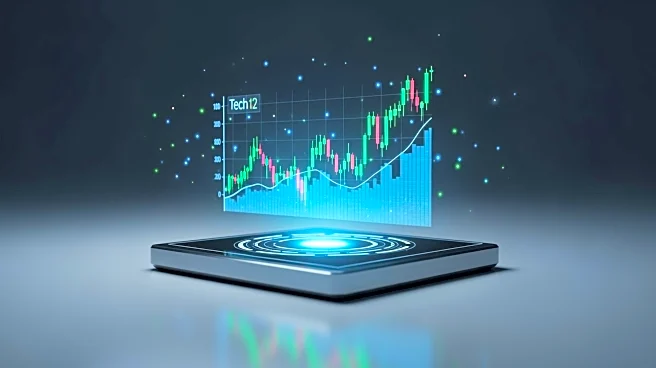What's Happening?
On October 19, 1987, the stock market experienced a significant crash, known as 'Black Monday,' when the Dow Jones Industrial Average plummeted 508 points, marking a 22.6% loss in value. This event remains the largest single-day percentage drop in the Dow's
history. The crash was a pivotal moment in financial history, leading to widespread panic and significant economic repercussions. The event is often cited in discussions about market volatility and the need for regulatory measures to prevent similar occurrences. The anniversary of 'Black Monday' serves as a reminder of the inherent risks in financial markets and the impact of sudden economic shifts.
Why It's Important?
The 'Black Monday' crash of 1987 had profound implications for the U.S. economy and global financial systems. It highlighted the vulnerabilities in market structures and the potential for rapid, large-scale economic disruptions. The event prompted regulatory changes, including the introduction of circuit breakers to halt trading during extreme volatility, aiming to prevent future market freefalls. For investors and policymakers, the anniversary underscores the importance of vigilance and preparedness in financial markets. It also serves as a historical lesson on the potential consequences of speculative trading and the interconnectedness of global economies.
What's Next?
As financial markets continue to evolve, the lessons from 'Black Monday' remain relevant. Regulatory bodies may continue to assess and update market safeguards to address new challenges posed by technological advancements and global economic shifts. Investors and financial institutions are likely to remain cautious, using historical events like 'Black Monday' to inform risk management strategies. The ongoing analysis of past market crashes can provide valuable insights into preventing future economic crises and ensuring market stability.
Beyond the Headlines
The cultural and psychological impact of 'Black Monday' extends beyond financial markets. It influenced public perception of Wall Street and contributed to a broader understanding of economic risks. The event also sparked discussions about the ethical responsibilities of financial institutions and the need for transparency in market operations. As the anniversary is observed, it serves as a reminder of the delicate balance between market innovation and stability.



